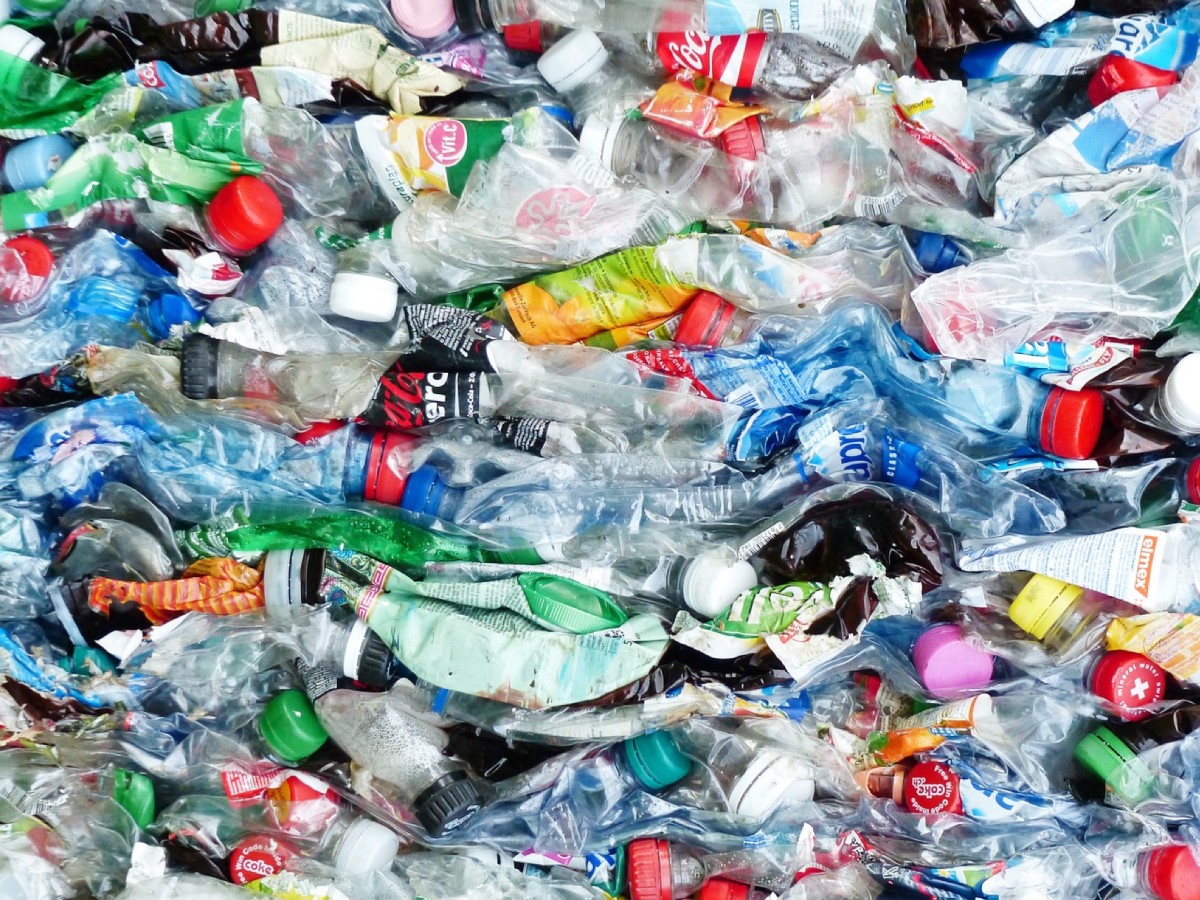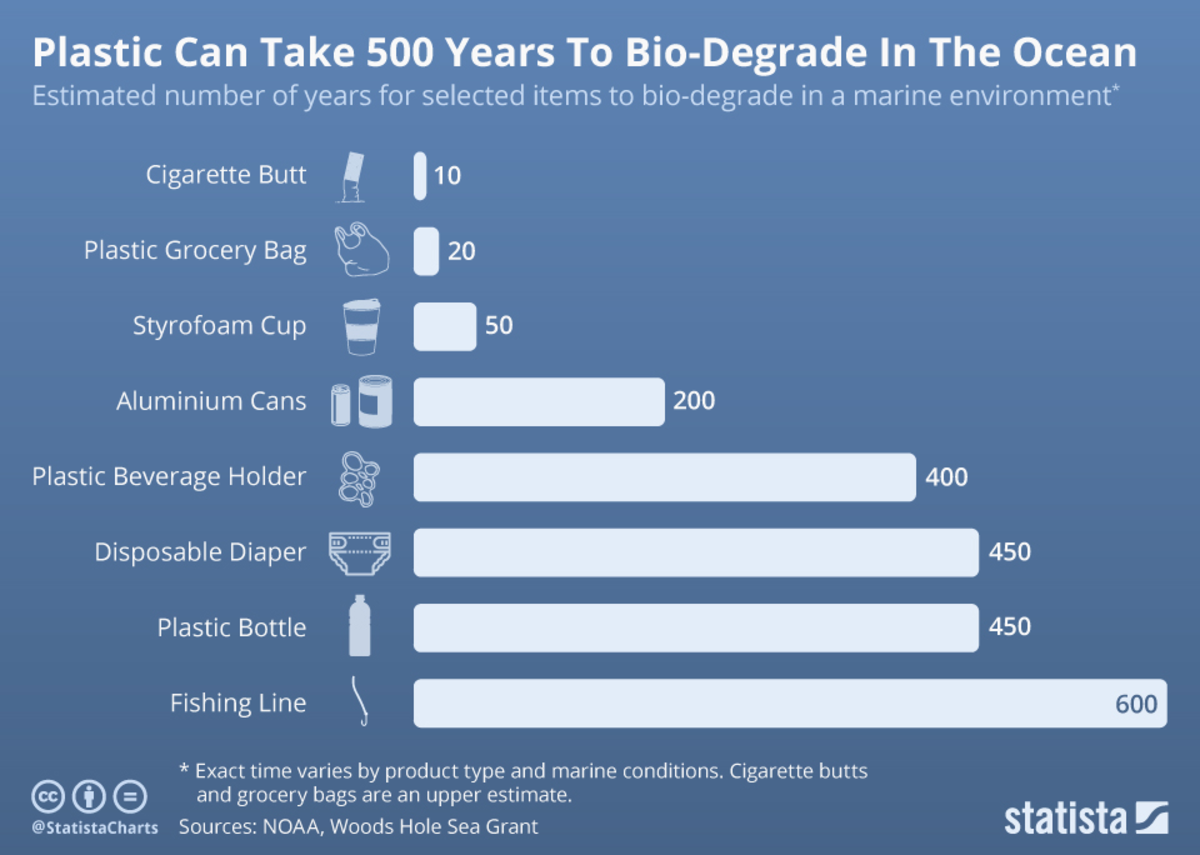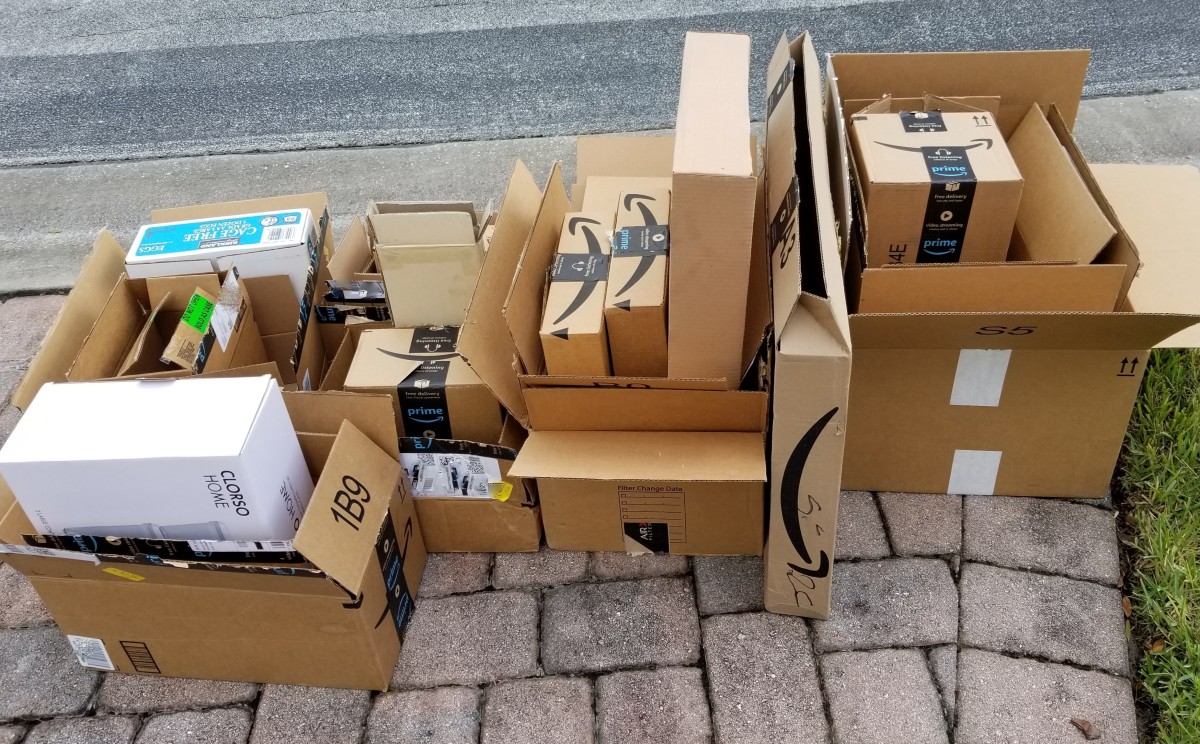The Impact of Waste on the Environment
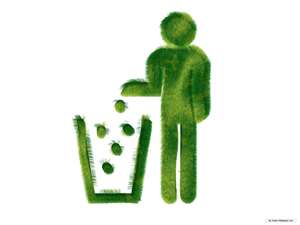
Environmental Issues: What's Your Stance?
An important environmental problem currently that isn't receiving enough attention is waste. There has been a lot of focus on other environmental problems, including climate (global warming) and energy, which seems to overshadow the very important waste issue.
The issue of waste includes hazardous and non-hazardous materials. This broad topic also includes issues of industrial waste/disposal, household consumption, packaging, food scraps, landfills, paper, burning of waste, rubber/tire disposal, chemical waste and medical/biohazard waste.
Waste issues are complex, multi-factorial, and are directly tied to human consumption. I will address a small component of this huge issue, household consumption and waste, which I believe is influential, and can lead to bigger changes on multiple levels and increased awareness for the issue as a whole. I believe it starts small, not big.
It starts with one person.
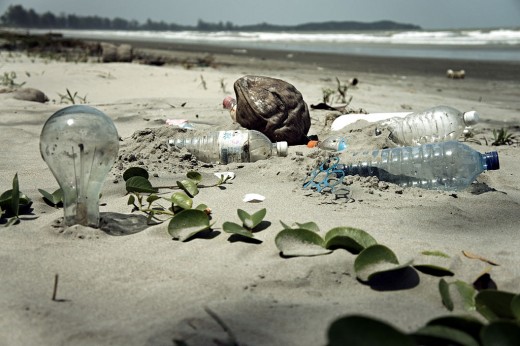
The Water Bottle: Representative of the Issue as a Whole
Water, among very many things, is a drink. A drink that can be so easily possessed that even someone with no money, no home, and no food, can possess it. It is available at every home, every store, every business, every street...everywhere. Additionally, hydration, which is the most important property of water for human survival, literally costs nothing. Turn on a tap, and you can hydrate for hours, if need be. It is quite ironic that we have taken something that is so clean, pure, and readily available to everyone and turned it into a major environmental issue that plagues society today. If you've never stopped to think about this problem, then let me take you on this adventure.
Consider this: Water is now bottled individually in progressively smaller plastic bottles for ease of consumption. They have gotten smaller with time, strangely. The gallon became a liter, then a half liter, then 12 ounces, and, now, you can even buy a 4 ounce bottle of water. Does anyone else see the humor or irony in this? Do you know what 4 ounces of water looks like?
In any case, the waste generated from the bottles is a particular environmental concern. These bottles litter our streets, pollute our waters and fill our landfills. You buy a 12 pack of "4 ouncers," and, man, you can fill a small garbage can, unbelievable. Really, try it, it's rather enlightening.
In order to address this one aspect of the enormous waste issue, an effort is necessary at several levels, including:
- Education of consumers,
- Manufacturing/packaging,
- Supply,
- Household/individual consumption,
- Management of waste, including recycling efforts and waste company resources.
To prevent one 4 ounce water bottle from ending up polluting your lake, a series of corporations, businesses, law makers, lawyers, public figures and consumers all need to make informed and conscientious decisions in an environmentally friendly manner.
This takes education, awareness, and transparency at all levels, but, most importantly, it takes action. Not just action, but decisive, coordinated and collaborative action, which requires consumers to make a decision for the good of the community, while forsaking their own desire for convenience.
Think: "I could probably use a little swig of water, 4 ounces, during my morning jog. They already put it in such a neat bottle. However, I am thinking about the earth..." It takes millions of people to come to this same realization to get a movement started, but, ....it is possible.
Another Clever Example
Convenience of use and portability are characteristics that contribute immensely to this problem.
Go to McDonalds and get a meal for a family of 4 and you will see how much these characteristics can affect the waste problem. Every family member has their own wrapper for their burger, their own box for their fries, their own cup for a drink with a lid and a straw, and each person's meal is then placed in its own bag or box for individual use, with 2 napkins per person, 3 small packages of ketchup or sauce, and...don't forget the individually wrapped toys for the kids.
There is more waste generated than there is food to consume. This solution starts on an individual level and builds from there.
Consider for a moment... what would happen if you went to McDonalds and asked them for no wrappers, no boxes, no individual servings of sauce and drink, and then asked them to put it all in your recycled, reusable bag? Sounds a little crazy, right?
However, crazy starts movements, crazy gets things done, and crazy stands out in the crowd. Every person that works at McDonalds will likely tell 4 or 5 friends about the "crazy" lady that demanded no wrappers. That's where it starts. The first couple people that ask may not get what they request. However, after 50 people go to McDonalds and request the same thing, from the same people, in the same way, and in the same month, the chances are greater for change. Repetition breeds habits, and now we are getting somewhere.
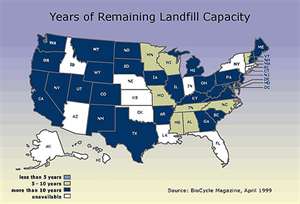
Motivation Can Force Businesses to Comply
After making an individual decision to limit waste and gaining the support and cooperation from your community, the next step is to demand the same from the supplier, the business, the packaging company, and, yes, even McDonalds.
If we can all, as consumers, demand compliance by not accepting the alternative, it will create urgency in the suppliers fighting for our business to provide the most "waste-less" or "waste-conscious" product.
This could just be my out of control optimism, but do you see what is happening? We are striving for a complete change, it is going to take an "environmental revolution" during which time these environment friendly products become the standard in the industry. The businesses who don't change will lose customers, giving them motivation to take action. The best kind of motivation is the kind that is driven by a fear of losing money. Don't agree? Hold up, it's time for a demonstration...
Ask one employee to do 3 more tasks per day than what they are used to. Tell them that you don't feel they are working hard enough and advise them that when they demonstrate the ability to do so, they will be eligible for a raise.
Then tell another employee to do the same, but tell them if they don't that their pay will be "reassessed" and decreased by $5 per hour.
9 times out of 10, the latter will meet and/or exceed your request for fear of losing money that they have become used to receiving. The former, the one that was not worried about their pay being decreased, will, maybe, 7 times out of 10, on a good day... fail. Even more interesting, the 3 that succeed in this example, after they get their raise, are less likely to maintain their improvement. They aren't afraid of losing money, and there is no longer any motivation to do better. They already have the money. However, the employee who has been told that they could someday have to take a pay cut for lack of performance, will continue to provide you with the extra work, consistently. Make sense?
Well, the same concept applies to big business and large corporations, all of which are driven by money. Mr. Big Business does not want a pay cut. As such, even if it takes more effort and more employees to satisfy the customers by providing an environmentally friendly product, or package, they will typically consistently meet or exceed those expectations. Take into account the natural competition in any industry between companies, and you probably won't even seen an increased price associated with the better product... don't believe me?
It starts with a SINGLE PERSON, then a group, a community, a city, a state, a company, a supplier, an industry, a standard, a nation, and a world. Do your part to make this world a better, and cleaner, place to live.
Conclusion
Going along with our concept, the consumers demand, and the suppliers supply. It seems so simple. This new ideal could spread quickly through industries provided that consumers continue to demand "waste-less" options. Inevitably, the government will then get involved to regulate the industry in this regard. Laws and statutes will be instituted, and the legalities will soon follow, all of which will be driven by cases and trials with judges setting a judiciary standard.
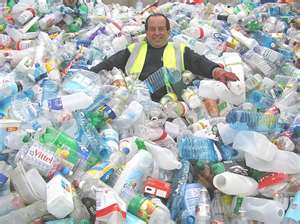
What is your role?
© 2012 Kortney T


